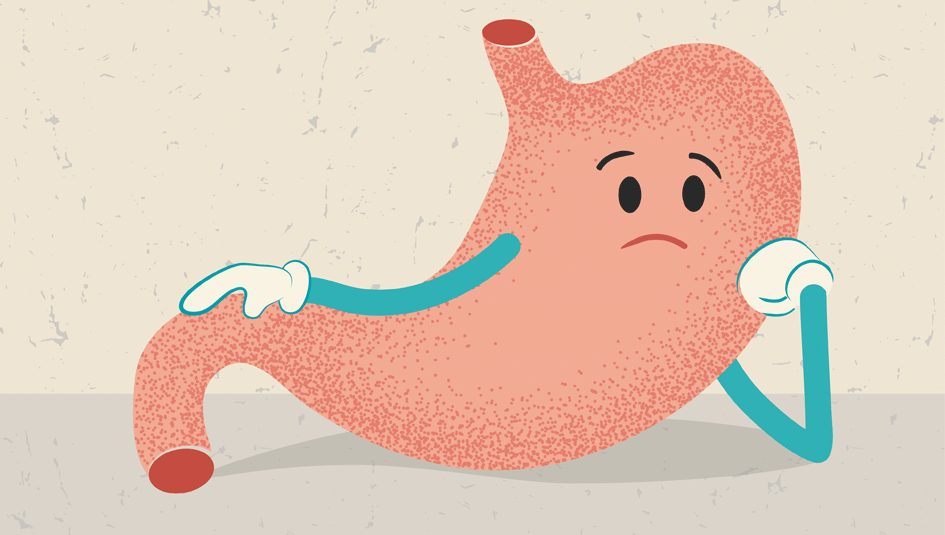Here are the Common Type 1-Related Digestive Issues

People with Type 1 diabetes have a higher risk of gastrointestinal problems than the average population. Some of these issues may arise from frequent fluctuations in blood glucose levels that come with a diabetes diagnosis, while others may be related to the very medications that help with blood glucose regulation. Another likely reason for gastrointestinal issues (GI) may be the same overactive immune system which caused beta cell destruction in the first place. It’s important to note that some of these conditions may play havoc on your blood glucose levels, which can lead to a vicious cycle, so it’s important to work with your healthcare team to identify and treat issues as they arise.
GI issues related to less-than-optimal glucose control include heartburn, gastroesophageal reflux and gastroparesis (AKA delayed stomach emptying). All of these are thought to be related to damage to the autonomic nerves that help control the flux of food into and out of the stomach and into the intestines. Once damaged, the nerves may cause a delay in stomach emptying or food to back up into the esophagus. There are medications and insulin dosing strategies that can assist with management of these, but the best strategy to first pursue is prevention by optimizing your blood glucose management.
Some medications that are on the market to aid with diabetes management also have an effect on the digestive system. These medications include metformin, Symlin, and Victoza. Many of these medications are made for treating Type 2 diabetes, but can be prescribed for those with Type 1. These medications may cause nausea, diarrhea, delayed stomach emptying, bloating and decreased appetite. For many who choose to use the medications, the GI symptoms may go away with continued use. For others, the symptoms may not get better. Because of the digestive issues that may arise, one must decide if the glucose control benefit outweighs the possible side effects.Finally, those who live with an autoimmune disorder are more likely to have more than one autoimmune disorder, and sometimes these disorders can affect the digestive system. These digestive conditions include Celiac, Crohn’s disease and ulcerative colitis.
- Celiac is the most well known to be connected with Type 1 diabetes. Treatment includes eliminating all gluten-containing foods from the diet. GI symptoms usually are controlled once the digestive system is no longer exposed to gluten.
- Crohn’s disease occurs when the immune system attacks a part of the digestive system. It can cause inflammation leading to diarrhea, abdominal pain, and bloating. Treatment usually includes medication to suppress the immune system and/or to reduce inflammation.
- Ulcerative colitis is when the immune system specifically attacks the lining of the colon and rectum; this causes ulcers to develop. Treatment for this is similar to that for Crohn’s disease.
Treating GI issues can be a complicated process that requires some trial and error to determine the right diagnosis and the most effective treatment. While there is a trend toward self-diagnosis, especially when it comes to Celiac and perceived gluten sensitivity, it’s best to discuss suspected GI issues with your healthcare team as soon as possible.
We are indebted to Jennifer Smith for her contributions. Are you a certified diabetes educator who would like to write for Insulin Nation? We’d love to hear from you. Please contact us at submissions@selfrx.com.
Do you have an idea you would like to write about for Insulin Nation? Send your pitch to submissions@insulinnation.com.